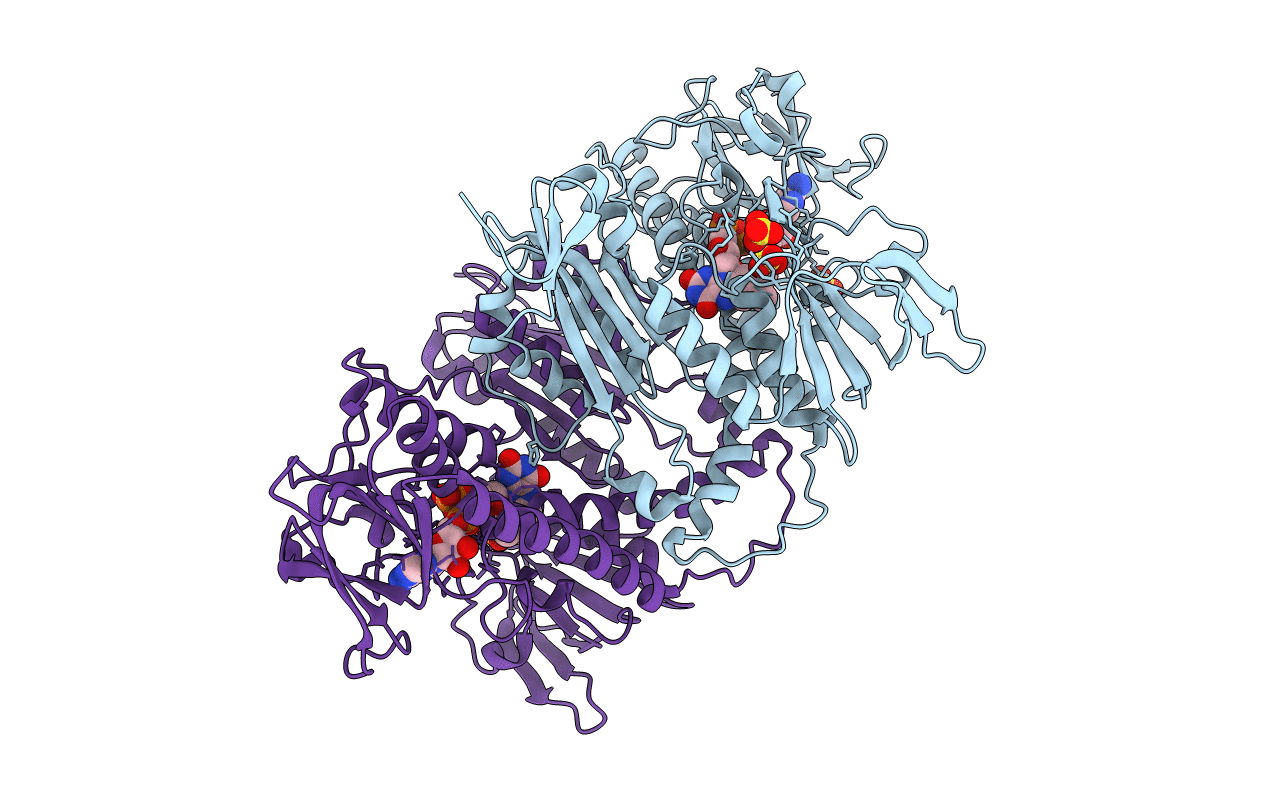
Deposition Date
2008-08-21
Release Date
2009-04-28
Last Version Date
2024-10-23
Entry Detail
PDB ID:
2JK6
Keywords:
Title:
Structure of Trypanothione Reductase from Leishmania infantum
Biological Source:
Source Organism:
LEISHMANIA INFANTUM (Taxon ID: 5671)
Host Organism:
Method Details:
Experimental Method:
Resolution:
2.95 Å
R-Value Free:
0.26
R-Value Work:
0.23
R-Value Observed:
0.23
Space Group:
P 41


